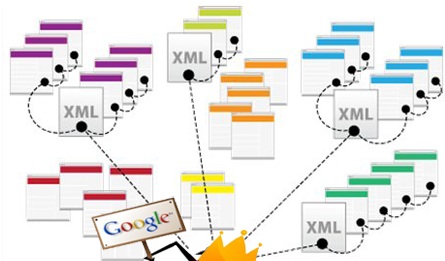In its simplest form ecommerce is the buying and selling of products and services by businesses or consumers over the World Wide Web.
Often referred to as simply ecommerce (or e-commerce) the phrase is used to describe business that is conducted over the Internet using any of the applications that rely on the Internet, such as e-mail, instant messaging, shopping carts, Web services, UDDI, FTP, and EDI, among others. Electronic commerce can be between two businesses transmitting funds, goods, services and/or data or between a business and a customer.
People use the term "ecommerce" or "online shopping" to describe the process of searching for and selecting products in online catalogues and then "checking out" using a credit card and encrypted payment processing. Internet sales are increasing rapidly as consumers take advantage of
lower prices offered by vendors operating with less margin than a bricks and mortar store
greater convenience of having a product delivered rather than the cost of time and transport and parking of going to a store
sourcing product more cheaply from overseas vendors
great variety and inventory offered by online stores
comparison engines that compare and recommend product
auction sites, where they did for goods


















